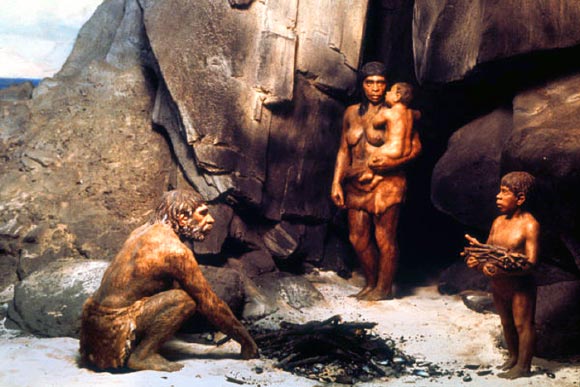Neanderthals’ lives were historically portrayed as highly stressful, shaped by constant pressures to survive in harsh ecological conditions, thus potentially contributing to their extinction. In new research, paleoanthropologists analyzed the frequency of dental enamel hypoplasia, a growth disruption indicator of early life stress, in the largest sample of Neanderthals and Upper Paleolithic humans. Their findings support similar overall stress levels in both groups but reveal species-specific patterns in its ontogenetic distribution: while Neanderthal children faced increasing likelihoods of growth disruptions starting with the weaning process and culminating in intensity post-weaning, growth disruptions in Upper Paleolithic children were found to be limited around the period of weaning and substantially dropping after its expected completion. These results might reflect differences in childcare or other behavioral strategies between the two species, including those that were advantageous for modern humans’ long-term survival.
“Neanderthals have been traditionally portrayed as having led exceptionally stressful lives including the pressure to survive in the harsh and widely fluctuating ecological conditions of Pleistocene Eurasia, which was thought to have contributed to their extinction,” said Dr. Laura Limmer from the University of Tübingen and her colleagues.
“Even though Upper Paleolithic modern humans also faced similar environmental conditions, they are commonly believed to have been better able to mitigate such pressures through their behavioral repertoire.”
“This included strategies such as greater flexibility and efficiency in resource exploitation and more complex social organization and networks.”
“Their behavioral repertoire was thought to have provided Upper Paleolithic modern humans with a competitive advantage over Neanderthals, allowing them to persist while Neanderthals perished.”
“Some recent studies, however, are…
Read the full article here







